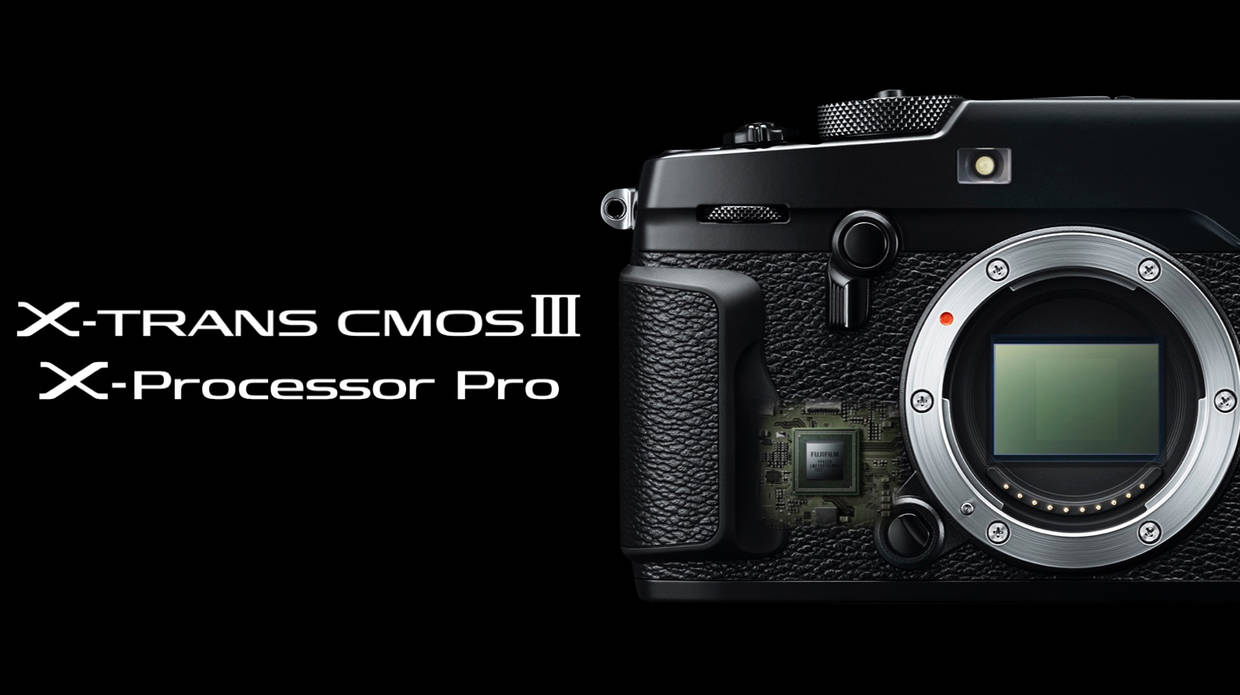
The Newest Film Simulation "ACROS"
It has been over 10 years since the introduction of Film Simulation. Its history began with the model FinePix F700 back in 2003. The monochrome was called “B&W” back then, and the image quality it produced was highly regarded.
At the same time, a question was thrown at us, “Which film is the B&W simulating?” The answer to the question is, “B&W” is based on PROVIA, and it is not based on Monochrome film. This fact also reflected the sentiment of the Image Design team at FUJIFILM, that “It is too early to name a simulation mode after any monochrome films, which are all legendary.”
So now we have a film simulation mode named after monochrome film. In order to have “ACROS” mode, it had to meet certain standard.
What does it take to be “ACROS”? What kind of monochrome expression does it need to have?
First, it needed to be capable of expressing details like the ACROS film, which was often praised as “world’s finest grain”
Secondly, it needed to achieve print-like texture, like how a photo would appear when taken by a monochrome film and printed on a photographic paper.
In order to become the digital “ACROS”, the mode needed to achieve both subject’s detail and texture.
Let’s look into the image design.
Here we have the tonality curve.
This tonality curve, specifically designed for ACROS, has a distinguishable characteristic compared to the existing “B&W”. First, from middle to the highest, the tonality curve is rather hard. By doing so, the detail stands out, and therefore the image appears clean and sharp. It doesn’t not mean, however, that it gets overexposed easily. The highest input and output remains at the same level. The dynamic range stays the same.
We should now look at the shadow part.
The tonality curve becomes rather soft, unlike the hard tonality curve from the middle to the highest. It means that we do not lose the detail as much as possible on the shadow range. The essence of monochrome expression exists in the shadow area. If it is too soft, then the image becomes too loose, and if it becomes too hard, then the picture loses its depth. The optimal balance in the shadow area determines the quality of the monochrome.
It is not only about the tonality curve.
To achieve the ACROS like texture, the film-like “graininess” is another important element.
To be specific, ACROS mode has a completely different noise reduction algorithm from other modes. The “graininess” of the silver-halide films are what we see as “noise” in the digital data. For color images, they are the unwanted noise, but in the monochrome images, it becomes an important texture. Turning the noise into grain-like texure is what makes ACROS unique and different.
Other manufacturers are also implementing the idea of creating “graininess” to enhance the texture. FUJIFILM is not the only brand doing this. You can find “Grain” filter in the readily available photo processing software, and many monochrome photographers add “grain” to acieve the monochrome film like effect.
Most of them try to achieve this by adding “grain-like element” to the original image. They simply add another layer of “dotted graininess” on top without changing the original photo composition. So something becomes unnatural in the process.
“ACROS” is different.
We developed it from the core of the image file to achieve a very complex and natural like grain expression. Optimal and different grain expressions are added to highlight and low light areas. You would not find unnatural dotted graininess in the highlight areas just like how the monochrome film behaves. In the low light area, you would see the graininess just like how it would appear with the monochrome film. There are undulating grain within the picture. And it adds depth like no other.
ACROS also changes the output of graininess depending on the sensitivity setting. As the sensitivity gets higher, stronger grain effect becomes visible, just like the film.
We have seen the advancement of high S/N ratio of digital cameras, but people generally want to take photos with lowest sensitivity possible. But with ACROS, it may be a different story.
The unique grain effect, which becomes apparent at the higher ISO sensitivity. You can intentionally set the sensitivity high to enjoy the effect.
We have heard much positive feedback on ACROS since the announcement, even before getting into explaining the technical aspect.
“Add ACROS to X-T1 and X100T”, “Make it happen on the next firmware update!” We have had lots of request since Jan. 15th. But unfortunately this is very unlikely to happen.
The image design of “ACROS” is only achievable with the resolution of X-Trans CMOS III and the processing power of X-Processor Pro.
The fine detail that ACROS achieves is only possible with the resolution power of 24MP. And the complex grain effect is only possible with the powerful X-Processor Pro engine. It may be possible that the same concept can be achieved without the two new devices, but can we say that to be “ACROS”? The answer is “No.” We would not release a quality that does not meet our standard.
We also think that it is very unlikely that any RAW conversion software would achieve what “ACROS” achieves. We all know that there are excellent RAW conversion software in the market, but we also believe that the magic of X-Processor Pro is not so easily solved.
We only have X-Pro2 to enjoy the simulation mode. It took us more than 10 years to realize this film simulation.
Wouldn’t this be the enough reason to buy the new camera?
If you are an photo enthusiast, then you can probably convince yourself to say “Yes”, whether the same logic applies to your loved ones is a different story.






















































